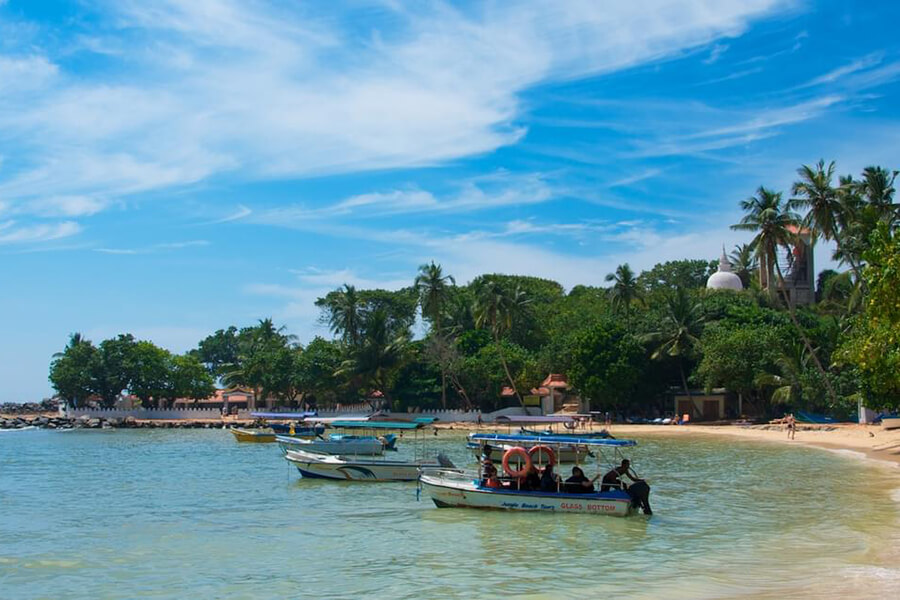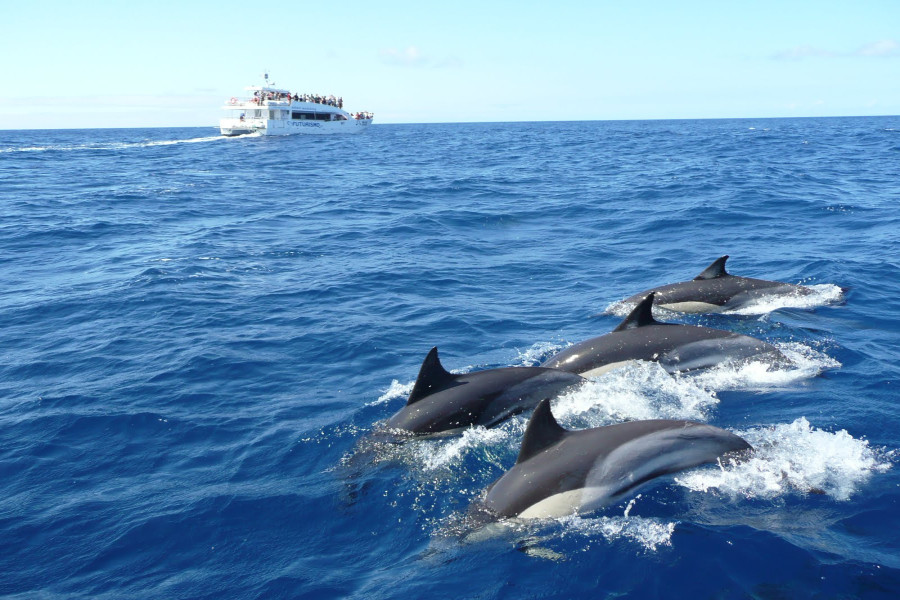Introduction to Sigiriya Sigiriya, also known as Lion Rock, is one of the most iconic landmarks in Sri Lanka and a UNESCO World Heritage Site. Rising majestically from the central plains, this ancient rock fortress offers a captivating blend of history, art, and nature. Located in the Matale District of the Central Province, Sigiriya is a must-visit destination for travelers exploring Sri Lanka's cultural triangle. With its dramatic setting, stunning frescoes, and unparalleled views, Sigiriya is a testament to the ingenuity and artistic brilliance of ancient Sri Lankan civilization.
Historical Background Sigiriya was built in the 5th century AD by King Kashyapa as his royal citadel. The site was chosen for its strategic location and natural defenses, with the massive rock standing over 200 meters tall, dominating the surrounding landscape. After the king's death, Sigiriya was abandoned and later used as a Buddhist monastery until the 14th century. Today, the ruins of this ancient city are a popular destination for both tourists and historians, offering a fascinating glimpse into the past.
Key Attractions at Sigiriya
The Lion’s Gate
- The entrance to the summit of Sigiriya is marked by the Lion’s Gate, a monumental structure that once featured a massive lion’s head. Today, only the lion’s paws remain, but they are enough to give visitors a sense of the grandeur that once greeted those who ascended the rock. The Lion’s Gate is one of the most photographed spots at Sigiriya and serves as a powerful symbol of the site’s strength and majesty.
Sigiriya Frescoes
- One of the most famous features of Sigiriya is its well-preserved frescoes. These vibrant paintings, depicting celestial maidens known as "Apsaras," are located on a sheltered rock face about halfway up the rock. The frescoes are renowned for their delicate beauty, intricate details, and vibrant colors, offering a glimpse into the artistic achievements of ancient Sri Lankan artisans.
The Mirror Wall
- The Mirror Wall, originally polished to reflect the king’s image, is another remarkable feature of Sigiriya. Over the centuries, it has become a canvas for ancient graffiti, with poems and inscriptions left by visitors dating back to the 6th century. These inscriptions are considered one of the earliest examples of Sinhala poetry and provide valuable insights into the culture and society of the time.
The Water Gardens
- At the base of Sigiriya, visitors can explore the meticulously designed Water Gardens. These symmetrical gardens, with their ponds, fountains, and pavilions, are a testament to the advanced hydraulic engineering skills of the ancient Sri Lankans. The gardens are arranged in a series of terraces and are best viewed during the early morning or late afternoon when the light enhances their beauty.
The Summit
- The summit of Sigiriya offers breathtaking views of the surrounding countryside and the ruins of the king’s palace. The top of the rock was once home to the royal residence, complete with a throne room, bathing pools, and other structures. Although only the foundations remain today, the site’s elevated position provides a stunning panoramic view that is worth the challenging climb.
The Boulder Gardens
- The Boulder Gardens, located at the base of Sigiriya, are another highlight of the site. This area features massive boulders arranged in a natural landscape, interspersed with pathways, caves, and terraces. The gardens were used as a meditative retreat by monks and are a serene spot to explore before or after climbing the rock.
Cultural and Archaeological Significance Sigiriya is not only an architectural marvel but also a site of great cultural and archaeological importance. The ruins offer insights into the sophisticated urban planning, art, and technology of ancient Sri Lanka. The combination of natural beauty and man-made wonders makes Sigiriya a unique destination that continues to captivate visitors from around the world.
Exploring Sigiriya Sigiriya can be explored independently or with a guide who can provide detailed information about the site’s history and significance. The climb to the summit is moderately challenging, with steep stairs and narrow passages, but the rewards at the top are well worth the effort. It is advisable to start the climb early in the morning to avoid the heat and crowds.
Accommodation and Dining There are several accommodation options near Sigiriya, ranging from luxury resorts to budget-friendly guesthouses. Many of these establishments offer stunning views of the rock and easy access to the site. Local restaurants serve a variety of Sri Lankan and international dishes, allowing visitors to enjoy a meal with a view after a day of exploration.
Best Time to Visit The best time to visit Sigiriya is during the dry season, from December to April, when the weather is ideal for outdoor activities. However, the site is open year-round, and each season offers a different experience. Early morning and late afternoon visits are recommended to avoid the midday heat and to capture the best photographs.










